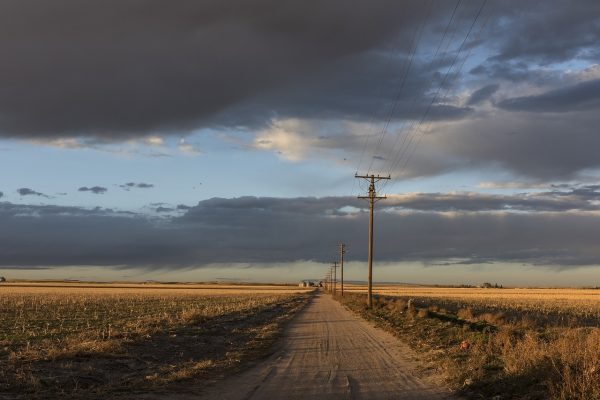
In rural Coffeyville, Kansas, residents have a routine for handling the town’s public library’s waiting list for its WiFi hotspot lending program. “As soon as you turn it in,” one person said, “you put your name back on the waiting list.” With almost 50 people on the list, it might be another month before you can get a one-week hotspot rental again.
The Coffeyville library was one of 24 rural libraries that joined a New York Public Library pilot program for hotspot lending. A team of researchers gathered qualitative and quantitative data from 18 libraries in rural Kansas and six in rural Maine. All told, the research team interviewed more than 100 people, including school and government officials, librarians and other library officials and community members who participated in the lending program. This project focused on two research questions: (1) How do people experience hotspot connectivity in the context of their normal patterns of access and information seeking?; (2) How do hotspot adoption and use affect these communities?
For the communities that participated, the researchers found that improved Internet connectivity was valuable for many reasons. Most frequently cited was the value of social connection, staying in touch with family and friends, via Facebook or Skype. Without the hotspots, participants said they miss out on important moments, gossip and news. Additionally, the hotspots provided assistance for childhood education, work and entertainment (music, Netflix, etc) and offered privacy to conduct personal tasks (banking, health services, finding work, shopping, etc). Ultimately, the authors find hotspot lending programs provide a much-needed and valuable community service.In fact, several of the libraries felt the pilot program, initially funded by the New York Public Library, was valuable enough for the libraries to find funding to continue the service. Almost 20% of the United States population lives in rural spaces, and around 36% of the rural population lacks access to fixed broadband, according to the researchers. Only 4% of the urban population lacks such standard connections. In many rural communities, the only reliable broadband access is at government centers or libraries, where residents can “check out” the Internet.
Rural residents often face what the authors call a “vexing communication environment,” where broadband access is limited, cell phone signal is spotty (at best), and digital literacy is lacking because residents simply don’t have ready access to the Internet. These issues create inequalities, in education, economic development and community building, among others. This research suggests that a hotspot lending programs may be part of the solution to solve our nation’s growing digital divide. The findings demonstrate the value of the hotspot programs but also show they may still be insufficient. Said the Coffeyville, Kansas, participant of the month-long hotspot waiting list: “It’s worth it, just for that week of getting to stay connected.”

Comments